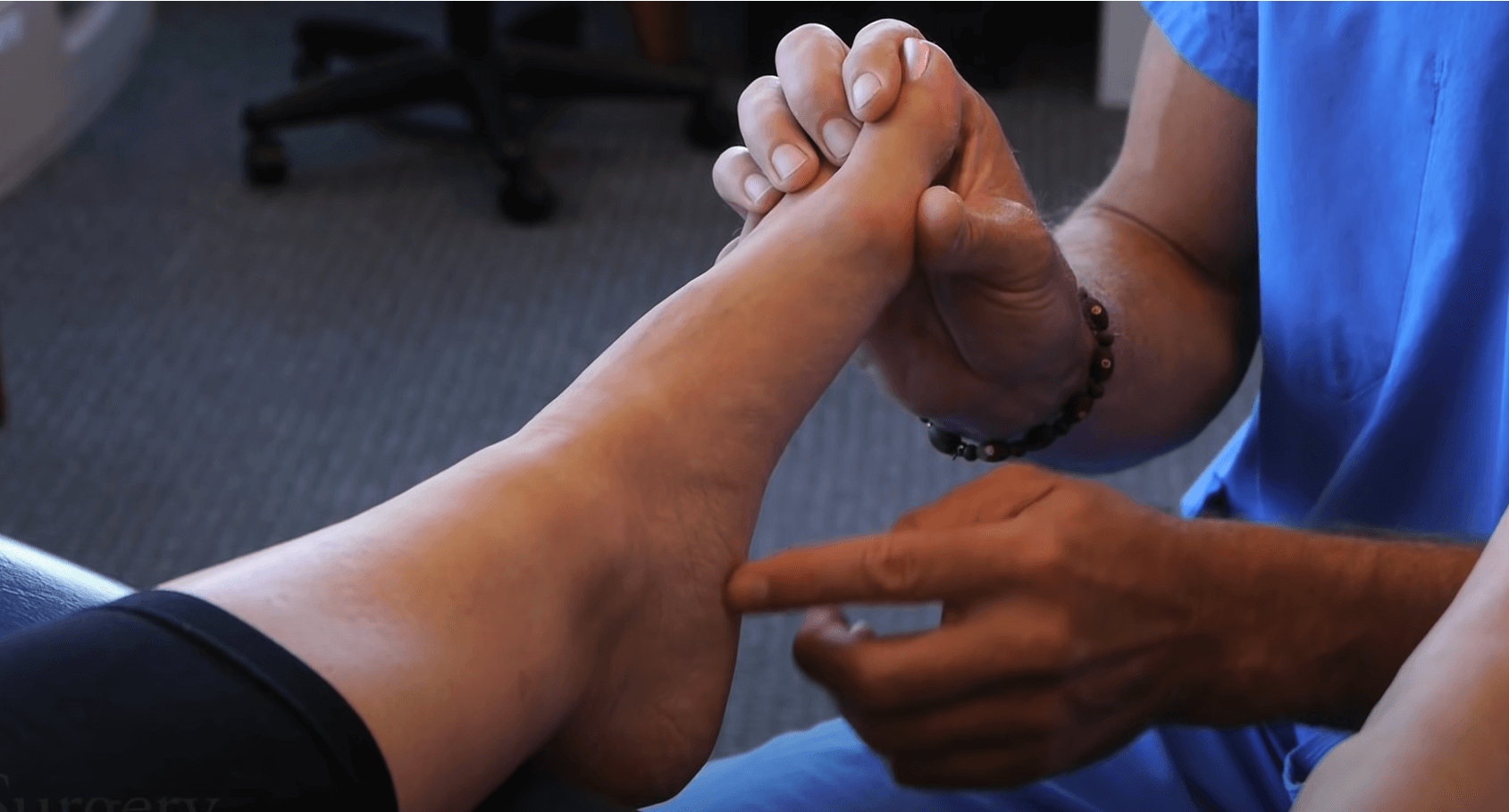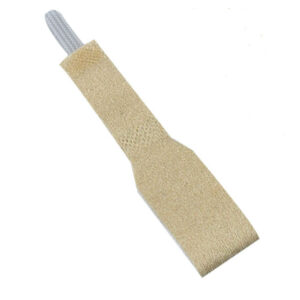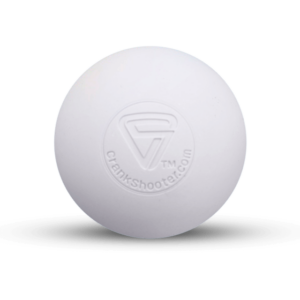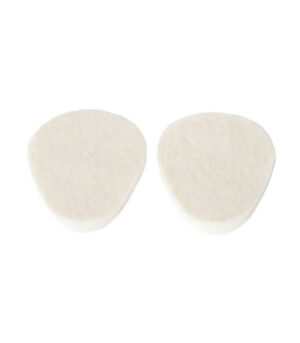Flat feet, also known as pes valgus or pes planovalgus, is a health problem in which your foot lacks a normal arch when you are standing. The arch on your foot’s inside edge is the structure affected by this condition. Your entire foot, including your mid-foot, will touch the floor if you have flat feet. Flat feet is usually a painless condition, and it may be caused by traumatic injuries, age-related degenerative changes, and other factors. This condition may cause problems in your other lower extremity joints, including your ankles and knees.
Condition Information
Flat feet is among the most common foot problems affecting adults, and flat feet are considered normal in toddlers. This health problem occurs when the tendons that bind your foot together become loose. These tendons should tighten as you get older, and they help form your medial longitudinal foot arch. This tendon tightening occurs in most people by the age of three.
Flat feet may be painless in most adults, but this condition may lead to low back pain in certain individuals. If left unchecked, your flat feet may impair your ability to walk, climb stairs, and wear shoes, and this condition can interfere with the normal alignment of your legs. Flat feet can be flexible and floppy, or they can involve rigidity and lack of motion, depending on the underlying cause of this musculoskeletal health problem. You may develop a flat foot on one or both sides of your body.
Factors that may boost your risk for flat feet include:
- Carrying excessive body weight
- Traumatic foot or ankle injuries
- Rheumatoid arthritis (about 50 percent of people with RA will develop flat feet)
- Aging
Causes and Symptoms
Flat feet may be caused by numerous factors or other health problems. Possible causes of this foot condition include:
- Neuromuscular disorders (e.g. cerebral palsy)
- Conditions causing extremely flexible soft tissues
- Tight Achilles tendons (also known as equinogenic flatfoot)
- Tendon injury or illness
Flat feet may, in rare cases, be caused by a condition called tarsal coalition. Tarsal coalition occurs when two or more of your tarsal bones—the small bones near your ankle—grow or fuse. Tarsal coalition-related flat feet usually cause pain or discomfort.
Some of the most common signs and symptoms associated with flat feet include:
• Foot pain caused by long periods of standing
• Decreased ability to stand on your toes
• Aches in your heel or arch
• Swelling along your medial longitudinal arch
• Decreased ability to participate in certain sports or athletic activities
Treatment
Flat feet treatment depends on the cause of your condition, the symptoms you are experiencing, and the likelihood of your condition progressing. Supportive devices are often placed in your shoes early in the treatment course to help favorably position your foot arch and alleviate both your symptoms and the progression of your condition.
If your foot flattening is mild, less direct intervention may be necessary. Many people with flat feet benefit from exercises that return the big toes to their normal anatomical position — splayed away from the second toes. Proper toe orientation may be achieved with gentle stretches, use of a toe-spacer (such as Correct Toes), and the wearing of footwear that’s widest at the ends of the toes. A foot on a flat surface (without heel or toe elevation) and with splayed toes provides the basis of a strong arch, even if the arch is lower than what’s considered “normal.” For more information on natural arch support, see our article entitled “Arch Support.”
Stretching exercises for your Achilles tendon and calf muscles are a conservative treatment technique that may help improve flexibility in the back of your lower leg. Because dropping the back of your heel will increase the stretch on these structures, the effectiveness of your stretching program may be negated if you wear shoes that possess heel elevation, or a heel that is higher than your forefoot.
Wearing a shoe that possesses heel elevation may accelerate your foot deformity if you have equinogenic flat feet. Consider slowly and progressively lowering the back of your heel to help your posterior lower leg structures adjust. Try wearing low-heeled shoes for a while before switching to flats.
You may require surgery to lengthen your Achilles tendon if you are unable to achieve proper flexibility in your Achilles tendon and calf muscles. You should exhaust all conservative care methods before undergoing Achilles tendon-lengthening surgery.
–Dr. Ray McClanahan, DPM, Northwest Foot & Ankle



















